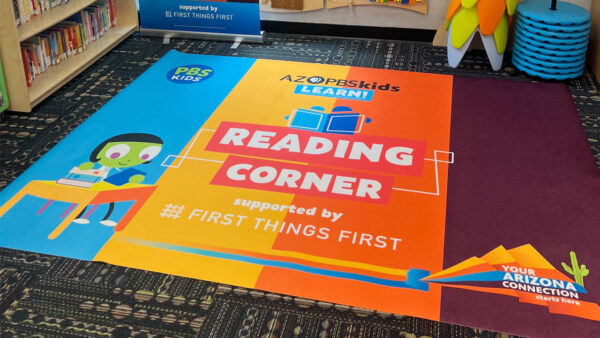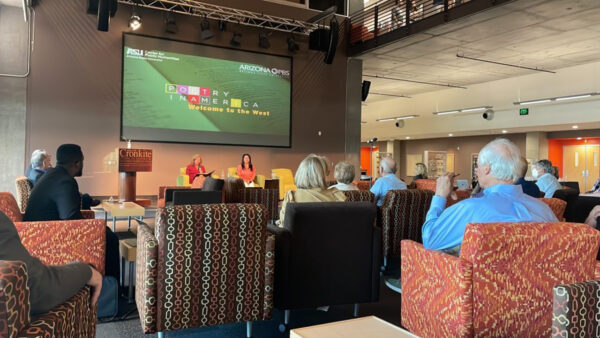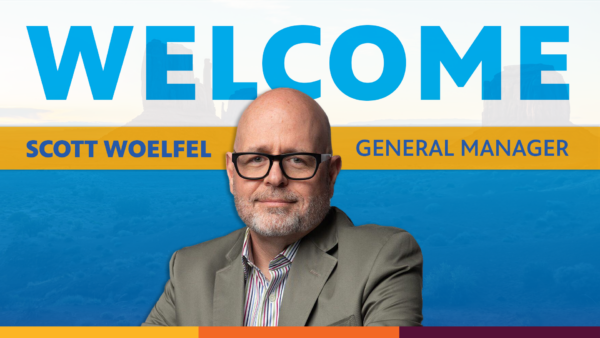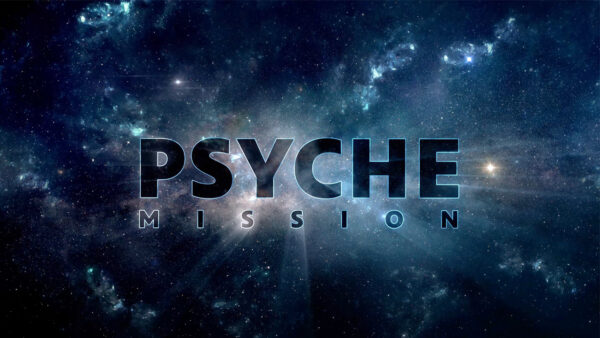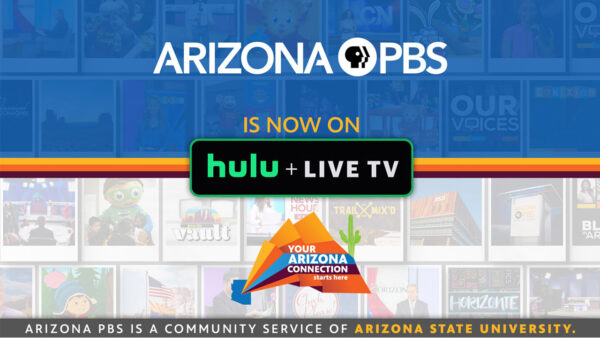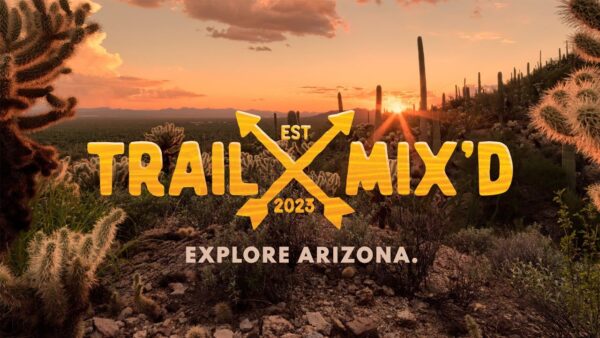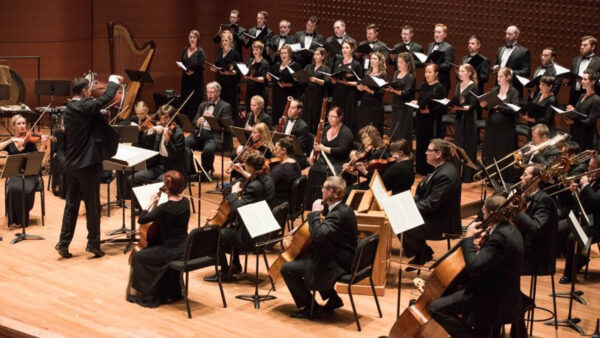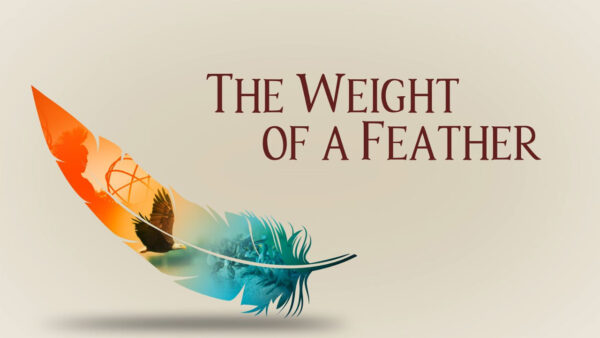Arizona Memories from the ’50s
Jan. 9, 2011
JANUARY 9 AT 7 PM
Americans have always seen the West as a land of opportunity – the place people went to reinvent themselves. During the 1950s, the Valley of the Sun offered that opportunity to a flood of newcomers. In a decade of explosive growth, the Valley was transformed by young veterans, entrepreneurs and families on the move who took a chance on a new lifestyle. Arizona Memories from the ' 50s is the story of the people who launched the boom years and turned the desert into the valley of their dreams. The Eight, Arizona PBS production airs Sunday, Jan. 9, 2011 at 7 p.m. on Eight, Arizona PBS.
Phoenix was a small, out-of-the way farming community of about 65,000 people when World War II intervened and “Uncle Sam” needed a place with clear skies and dry weather where soldiers could train every day. Servicemen poured into Army camps and newly built air bases like Luke and Williams, and defense plants were relocated to the area. The war brought the first major economic boom to the Valley.
When it was over, local boosters weren't about to let the prosperity end. They promoted Phoenix as the new, modern city of the West. They pursued “clean” industries and succeeded in luring Sperry to join Motorola, General Electric, Reynolds Aluminum and AiResearch in the Valley.
“Boosters were especially important to Phoenix,” says Phoenix attorney Grady Gammage, Jr. “Walter Bimson at Valley Bank ordered his people to make loans. ‘We've got to get money out there … free things up,' he said. And Gene Pulliam and the Republic and Gazette were champions of the Valley as a great place to live.”
Others who share their Arizona memories during the program include storyteller and historian Marshall Trimble, media mogul Del Lewis, Robert Goldwater, former Congressman John J. Rhodes, artist Ann Coe, attorney Bud Jacobson, and homebuilder John F. Long.
Long, a newly married veteran, returned to Phoenix to build a house for his family. He did most of the work himself, and even before it was finished he sold it at a profit. He built a dozen more that were snapped up by eager homebuyers. In 1954, Long started construction on Maryvale, the Valley's first master-planned community, with set-asides for parks, schools and shopping. At one point he was building as many as 20 houses a day and selling 100 a week.
The availability of affordable air conditioning removed another barrier to attracting new residents. The opening of Sky Harbor Airport put Phoenix on the map, and when air conditioned cars made long drives possible, tourism boomed.
Scottsdale, a rural community of 2,000 residents, took advantage of the growth in tourism by reinventing itself as “The West's Most Western Town.” Comfortable new accommodations like the Safari and the Valley Ho were built, and the Chamber of Commerce inaugurated a small annual celebration called the Sunshine Festival that later became the Parada del Sol.
Arizona Memories from the '50s also deals with some of the difficult issues of the time. Like the rest of the country, Phoenix had a history of racial discrimination. Black youngsters were sent to Carver High School and people of color were refused service at lunch counters. With the Supreme Court rulings of the '50s, segregation began to come to an end in schools, housing and employment and things slowly began to change.
By the mid-'50s, the metropolitan area had sprawled over 30 square miles and it began to coalesce as new cultural and sports institutions bound the population together. Del Webb's N.Y. Yankees held spring training here, Phoenix had a symphony orchestra, the Heard Museum and the Phoenix Art Museum were established and there were first-rate theatrical productions. With support from the community, what had been a small teachers' college became Arizona State University. By the end of the decade, a real city shone in the Valley of the Sun.
Arizona Memories from the '50s will air Sunday, Jan. 9, 2010 at 7 p.m. on Eight, Arizona PBS. The production is made possible by the Kemper and Ethel Marley Foundation and the Eight, Arizona PBS Program Partners.
)







